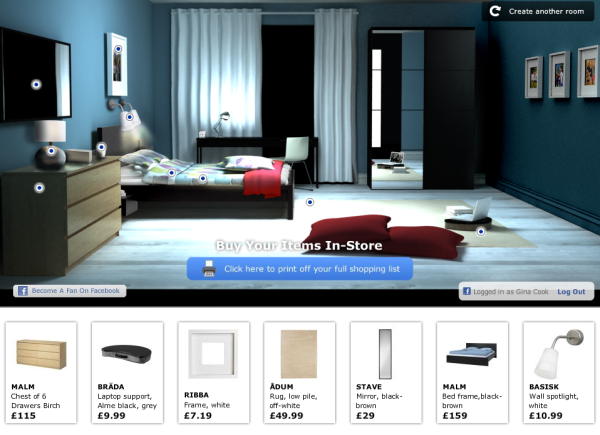Welcome to our Hospitality and Travel blog! We are here to provide readers with the best tactics for social media practices in the hospitality and travel industry. Our editorial team is composed of six Media Arts & Design students from James Madison University, who write this blog with recommendations relevant to the Hospitality and Travel industry. In addition to these posts, an original e-book and video will soon be added to complement and summarize our research. Please comment and ask us anything you need to know. Let us be your guide to corporate blogging for Hospitality and Travel audiences!
Within our team, Gina Cook serves as the video producer of the group. She will shoot and edit the video and make sure that it meets the needs of the viewers. Lauren Metz will provide the blog’s up-to-date research by finding scholarly articles and professional publications from 2010 on. Lauren will also utilize her writing skills to ensure that the research is being presented in the most creative and interesting way possible. Gina Mogavero will assist Lauren in researching articles for the blog. Gina will use her detail-oriented skill set to edit the content and style of the posts, ensuring consistency throughout the blog. Adam Okimatsu is our creative director. He is responsible for the overall design and aesthetic feel of the blog and its supporting materials. Claudia Pitarque showcases her strength in writing throughout the blog and proofreads each post for grammar and consistency. Claudia also manages the blog’s Twitter account and the feed is regularly updated along the right side of the page. Finally, Stephanie Strickland is the group’s project manager. She will make sure all posts and links are functional and connect with the overall purpose of this blog. It is also her job to come up with creative topics related to the travel and hospitality industry to feature in posts.
We are here to assist you in the process of corporate blogging for Hospitality and Travel.
Don’t get left behind in the ever-changing world of social media!


